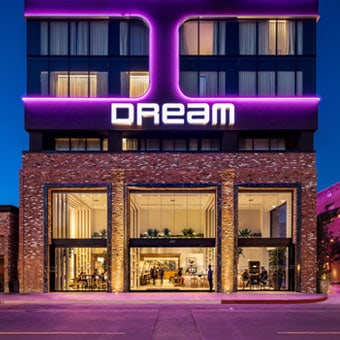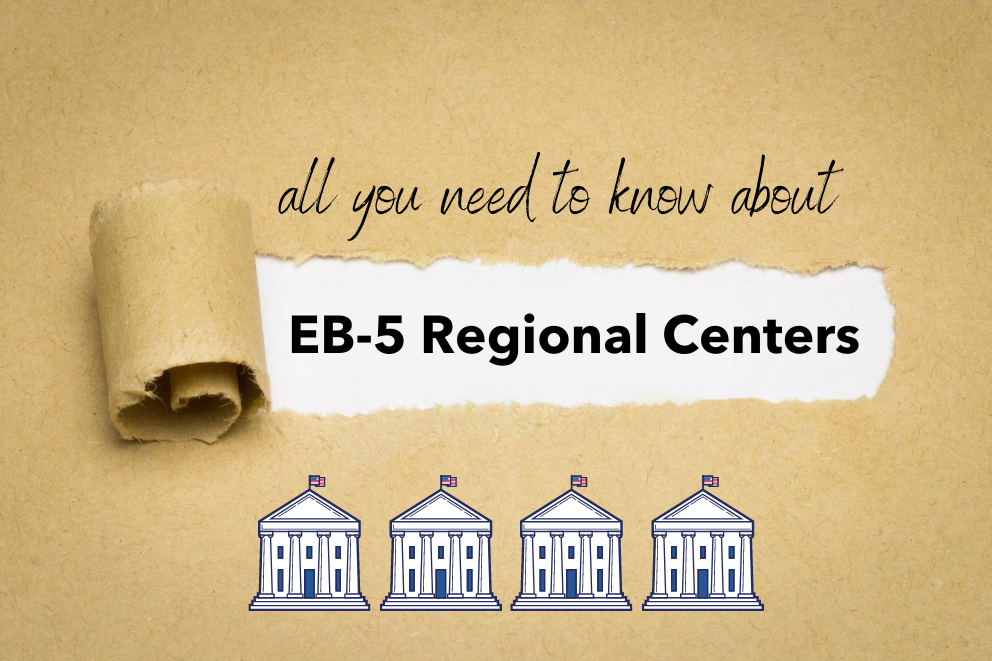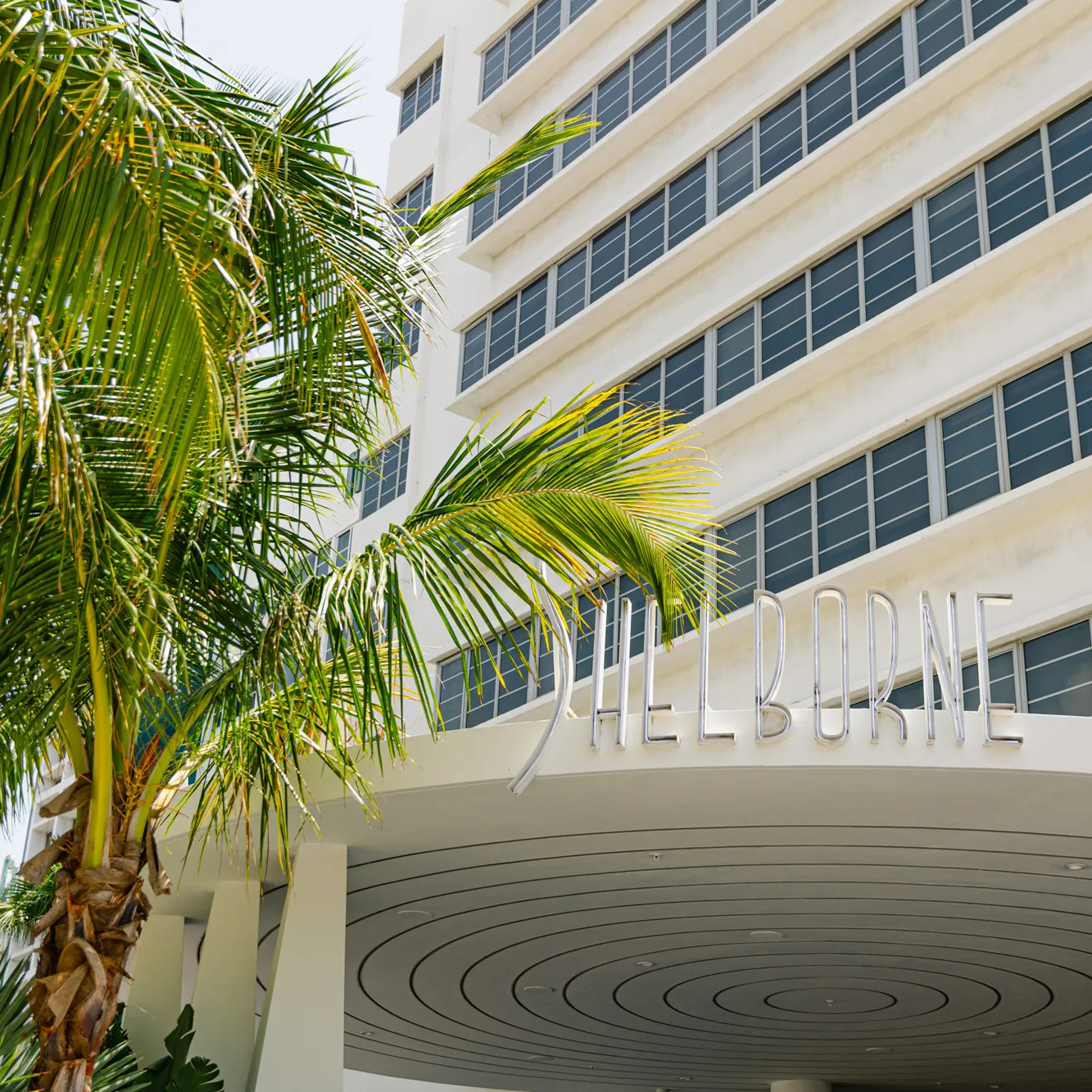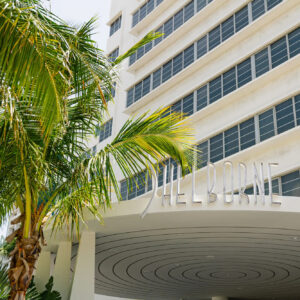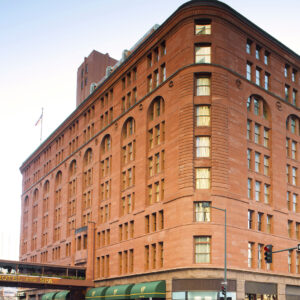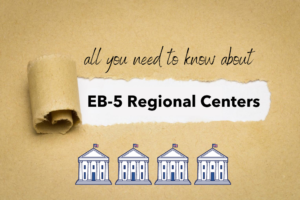
EB-5 Regional Centers: All You Need to Know

In 1992, two years after the EB-5 Program launched, U.S. Congress created the EB-5 Regional Center Program, designed for participants who invest in commercial enterprises via USCIS approved regional centers that promote economic growth. Today, participants in the EB-5 Program have two paths to choose from: direct investment or regional center investment. Here is everything you need to know about EB-5 Regional Centers and their advantages or disadvantages.
1. What Is an EB-5 Regional Center?
An EB-5 Regional Center by definition is an economic unit or entity, that is involved in promoting economic growth for a particular region. It can be public, private or a combination of both. It is regulated by the United States Citizenship and Immigration Services (USCIS) and allows a New Commercial Enterprise (NCE) in the U.S. to pool together capital from many investors into one EB-5 business.
2. EB-5 Regional Center Job Creation
One of EB-5’s main requirements is that an investor must create at least 10 permanent full-time jobs for U.S. workers. A distinct advantage of an EB-5 Regional Center is that it allows for direct, indirect or induced jobs to be counted in the job creation thus making it easier to fulfill that requirement (vs. the direct EB-5 investment method which required 10 direct jobs). Because of the broader range of jobs accepted, regional centers often surpass the minimum requirement of 10 jobs and provide an extra cushion in the number of jobs created per investor.
3. EB-5 Regional Center Investment vs. Direct Investment
Another key difference between regional center investment and direct investment is the amount of involvement in the project. All investors, regional center or direct investment holders must act in a managerial or advisory capacity to the New Commercial Enterprise and be involved in decision making with an EB-5 business plan. However, through the regional center method investors typically assume a more passive role through a limited partnership or limited liability company and allow the general partner to make most of the day to day decisions. Direct investments are typically smaller businesses and require oversight and day to day operations to be managed by the investor themselves.
4. Who Should Use an EB-5 Regional Center?
EB-5 regional center investment is more appropriate for the aspiring immigrant investor who is more focused on obtaining a permanent green card rather than managing a new business. Managing a business of its own can be very time-consuming and complex, but meeting EB-5 requirements on top can be even more overwhelming, especially for someone who has no prior experience dealing with USCIS. Unless you are a business owner or an entrepreneur with a business plan, you may be better off leveraging an experienced EB-5 partner to choose an EB-5 project and fulfill the EB-5 program requirements.
5. How to Find USCIS Approved Regional Centers?
As of August 24, 2020, there are 692 approved regional centers. USCIS periodically updates the list of current EB-5 immigrant investor regional centers by state. In case an investor has chosen a regional center that is on the list of terminated regional centers, then an investor’s application is at risk of being denied. If an EB-5 investor has already obtained the conditional permanent resident status, a terminated regional center does not automatically end that individual’s EB-5 process. The investor will still have the opportunity to demonstrate compliance with EB-5 program requirements.
USCIS also advises investors that the approval of an EB-5 Regional Center does not constitute USCIS endorsement of the activities of that regional center or guarantee compliance with U.S. securities laws, or minimize or eliminate risk to the investor.
6. What is EB-5 Regional Center Return on Investment?
Return on investment will vary widely based on the EB-5 project an investor has chosen. Historically, regional center EB-5 projects have rarely provided more than a 1% annual return on investment for investors.
However, there are some EB-5 firms which are foremost real estate investment management firms whose projects often offer higher than average returns on investment. “Unlike traditional EB-5 projects where investors receive a de minimis fixed return with no upside potential, our projects provide an attractive risk-adjusted return on investment,” says Rich Marquard, Executive Vice President of Investment Operations at The LCP Group, L.P., a 45-year-old real estate investment management firm based in New York that specializes in EB-5.
7. How to Vet EB-5 Regional Center Projects?
There are several recommended steps an investor can take to ensure the best outcome of their EB-5 application:
- Conduct research and compare EB-5 projects
- Choose an experienced EB-5 Regional Center with an extensive track record
- Check for warning signs of EB-5 fraud
- Confirm that the regional center has been designated by USCIS
- Obtain copies of documents provided to USCIS
- Request investment information in writing
- Ask if promoters are being paid
- Seek independent verification
- Examine structural risk
- Consider the developer’s incentives
- Ask about the exit strategy from the regional center after receipt of a green card
A complete guide by U.S. Securities and Exchange Commission is published on their website. “It’s important for foreign investors to research a credible and experienced EB-5 Regional Center partner before they commit to a project,” says Rich Marquard from The LCP Group. “Investors should look at both the EB-5 firm’s investment track record and the project’s viability. Our investors appreciate a heightened level of transparency and feel confident in their decision to work with us given our extensive track record.”
8. Regional Center Program Reauthorization
Since the EB-5 Regional Center program was first enacted it has been regularly reauthorized. It has been indeed recognized as an economy-boosting tool. Between 2010-2015, the program created over 276,000 jobs and contributed more than $37 billion to U.S. GDP according to one estimate.
Considering the vast contributions the program brings to the U.S. economy, one would hope there would be no uncertainty about the reauthorization of the program. What is even more telling about the future of the EB-5 program is the fact that the employment-based fifth preference EB-5 visa has been exempt from the most recent strict travel ban by President Trump, which negatively impacted the popular visa categories H-1B and J-1.
There is more than one way to pursue an EB-5 green card but the EB-5 regional center investment is the most common. What it comes down to is the choice of hands-on versus hands-off management of the business process. Considering the complexities of a business plan that also needs to meet all the job requirements, targeted area designations and USCIS regulations, it is no wonder the more passive investment via a regional center is more appealing. According to USCIS data, in FY2019, 96% of the total EB-5 applicants who received EB-5 visas were through regional centers. Are you ready to become one of them?
Obtain more information on attractive investment projects with potential for a permanent U.S. green card.


